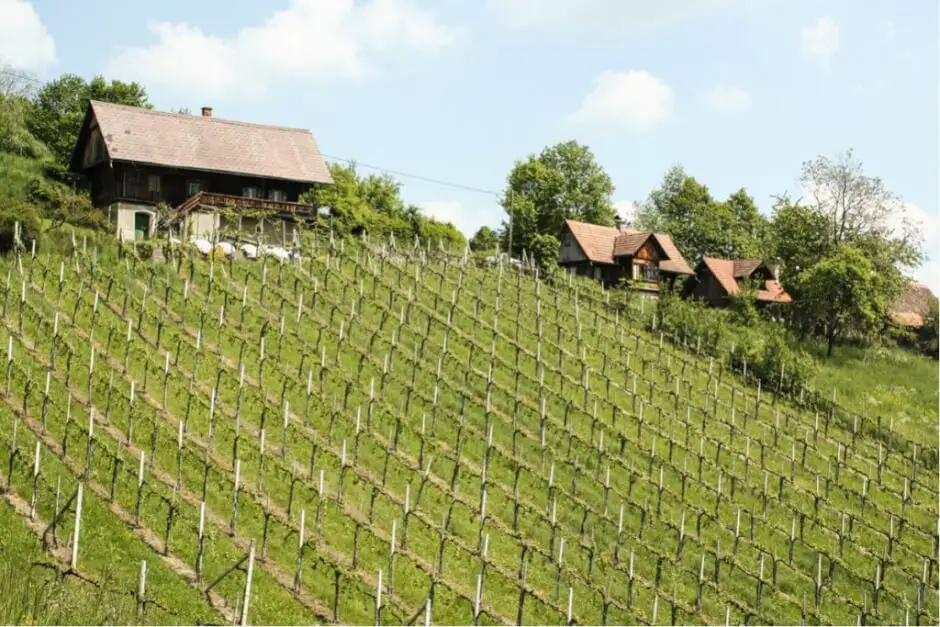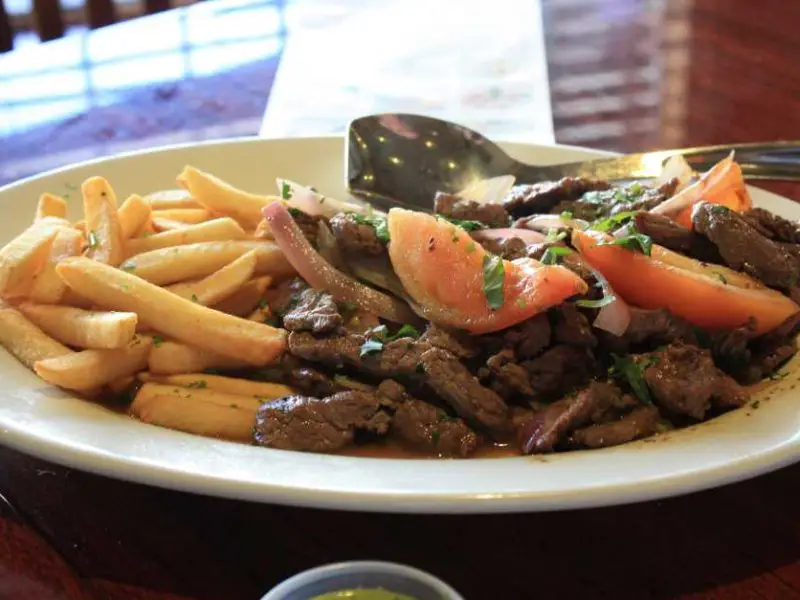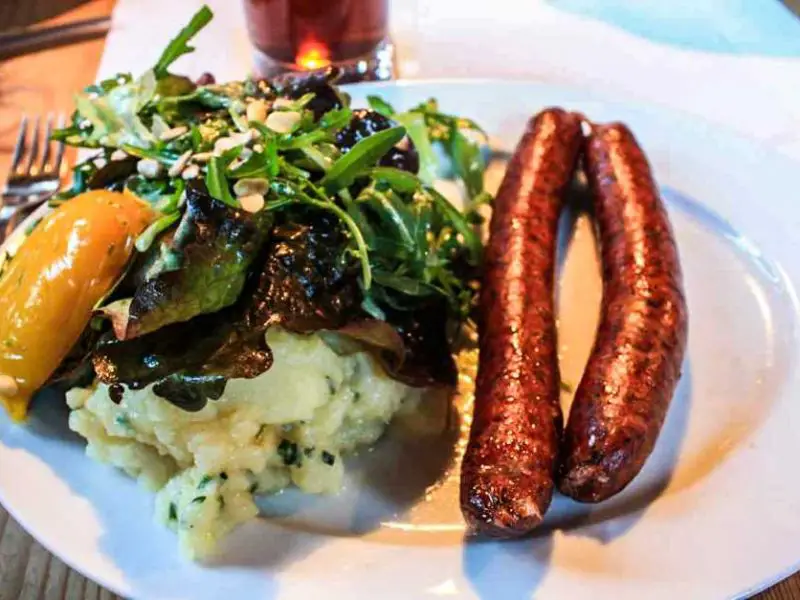The Glass Road in the Bavarian Forest
The Bavaria Glass Road stretches over a distance of 250 kilometers from Waldsassen to Passau. She runs through that Upper Palatinate via Neustadt an der Waldnaab through the Bavarian forest to Passau. A few years ago we found out more about Frauenau glass in the local glass museum. There are many places and options along the Glasstraße where you can find out more about glass. It has been made in Eastern Bavaria since the Middle Ages. The Glass production in Bavaria is even older. The Romans were the first to produce glass in Bavaria. For this they brought glassblowers from Italy. Glass production in Eastern Bavaria has been documented since the 13th century. At that time, craftsmen melted away Bavaria for the first time glass in Glashütt near Sankt Englmar.
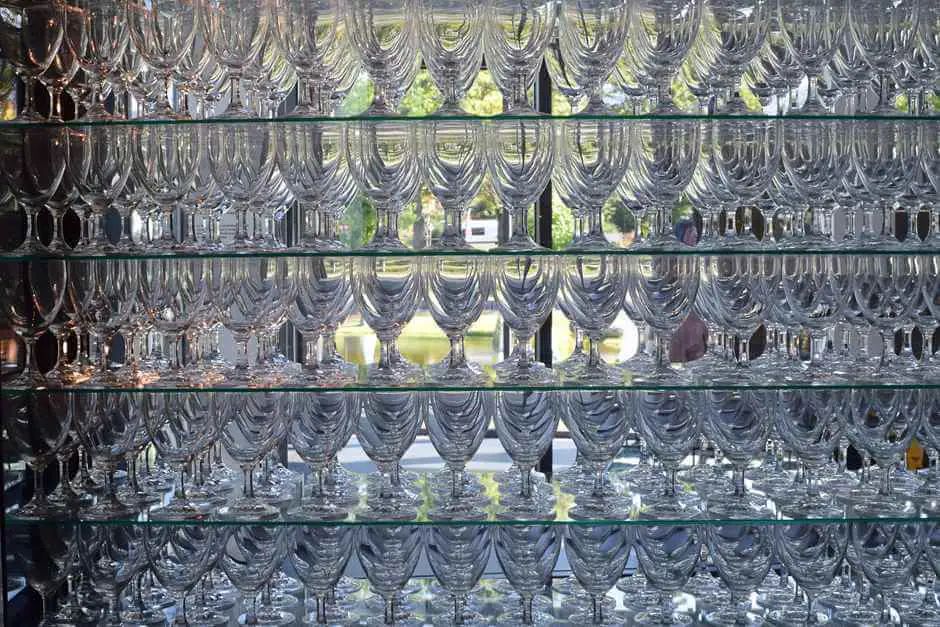
This finally triggered the triumphant advance of glass manufacturers in Eastern Bavaria, whose products were soon in demand all over Europe. Initially, the glassworks in Eastern Bavaria produced everyday objects such as mirror glass, slug panes for windows, drinking glasses or glass beads for rosaries. As the skills of glassblowers increased, so did the quality of their glassware. Soon Bohemia and the border region in Bavaria were known for the quality of the glass art that their craftsmen created.
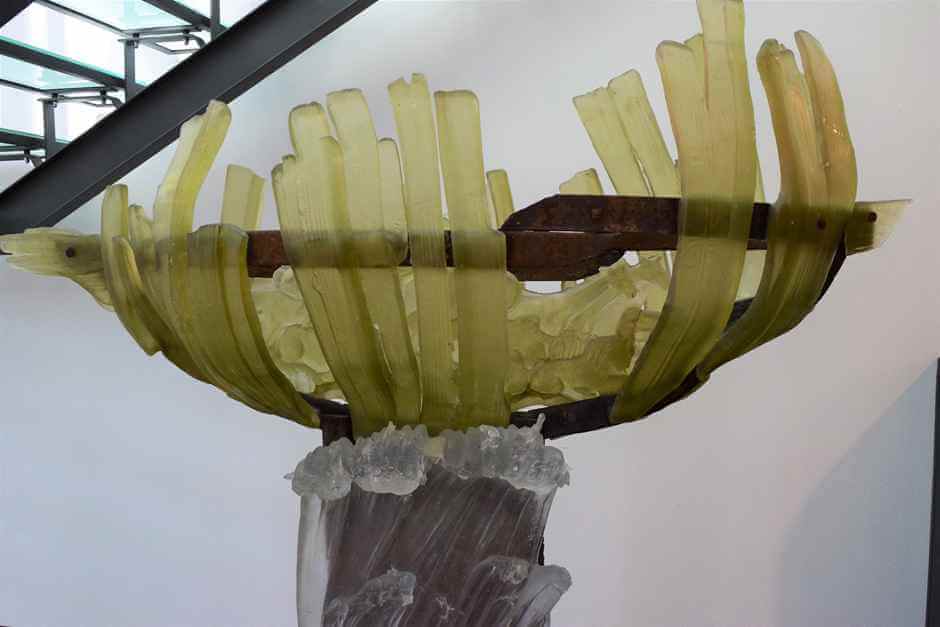
The Glass Street - what you can experience
Today you can find manufactories, shops and museums dedicated to the topic of glass along the Glass Street. On the Glass Road through the Bavarian Forest you follow the region's glassmaking tradition. If you take your time, you can get to know all variations of glass and, in some places, even try your hand at making glass yourself. Glass is diverse. On the way you can visit shops that offer glasses for your home. Glass is also used for trophies. There is art made of glass that is displayed in parks or even in the middle of the forest. Glass plays a role in architecture. Stained glass and stained glass windows bear witness to this. You can watch how glass is made and processed. There are also museums that provide information about glass and its variants.
Watch the glassmakers at work
In the glassworks you can watch how the glassmakers in the kiln shape balls, glasses and vases from the liquid glass mass. It is fascinating with what skill they create shapes and structures that enchant by turning and moving the raw material. In the workshops, factories and glass cutting shops, glass artists turn them into very personal works of art. To do this, they grind, polish, engrave and gild the blanks that come out of the glass furnace. The East Bavarian glassmaking is known for its lead crystal. A number of manufacturers have won prizes for it or are even among the leading manufacturers on the world market.

Bavarian Forest - Sights along the Glasstrasse
There is a lot to discover on Glasstrasse Bavaria. If you want to see them all, you need time. Some of the highlights waiting for you are:
- the glass forest when it rains
- the glass maypole in Riedelhütte
- the glass ark on the Lusen
- the glass park in Frauenau
- the largest glass pyramid in the world in Zwiesel
- the largest wheat beer glass in Bodenmais
- the largest hand-blown Christmas tree ball
- the sculpture garden in Arnbruck or
- the glass barn in Viechtach.
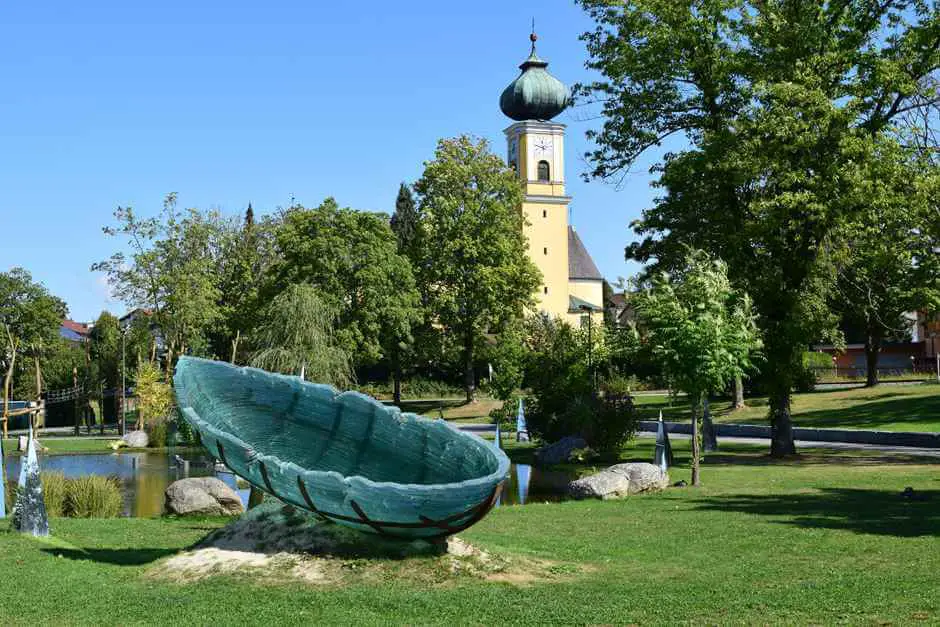
The Glass Museum in Frauenau on Glasstrasse in the Bavarian Forest
The Glasstraße leads to Frauenau, a place in the Bavarian Forest. Frauenau Glaskunst is the reason why a glass museum was built in this place. We visited this a few years ago. It shows the development of glass production in the Bavarian Forest and in the Frauenau Glashütte.
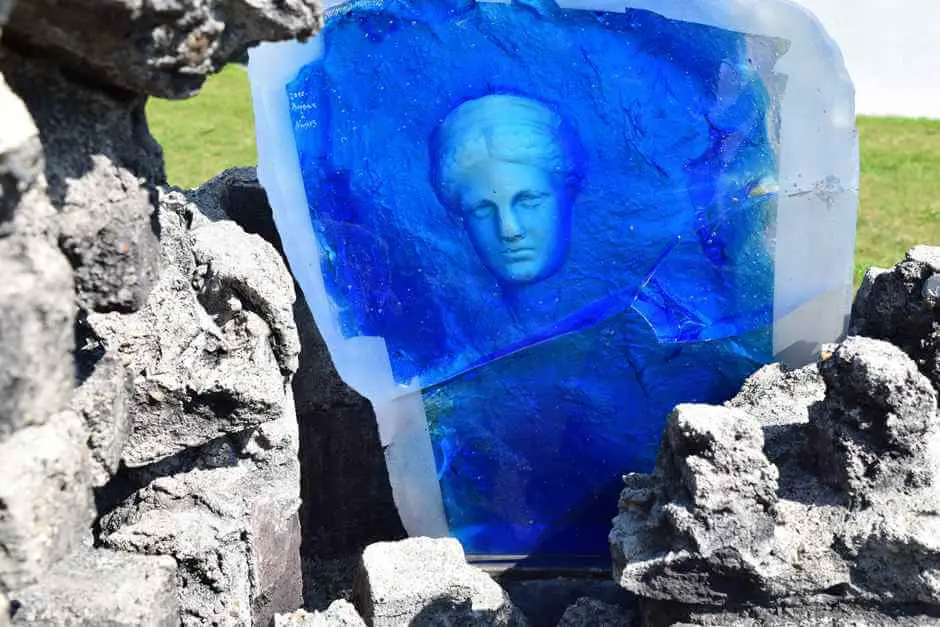
The glass ark
In the center of the village you can see how important glass is in Frauenau. During our visit to the glass park in front of the museum, the glass ark is located on the village pond. It stands for glass art in the Bavarian Forest. Between 2003 and 2005 she traveled through the Bavarian Forest National Park and through the Bohemian Forest on the Czech side. The glass ark has become a symbol of glass art in the region. With a length of 4,80 meters and a weight of three tons, it was no easy matter.
The glass ark stood on mountain peaks, in the wilderness of the Bavarian forests, on church squares and in village centers on the Bavarian and Czech side. She contributed to the understanding of the people in the border regions and created new contacts. Today the glass ark stands in a hand made of wood in the middle of the forest wilderness on the Lusen, in a place where you can Rest Can be found.
The shape and color of the glass ark give an idea of which works of art we will see in the museum. On a walk through the park we discover Glass artwhich testifies to the skills of the glassblowers in Frauenau.
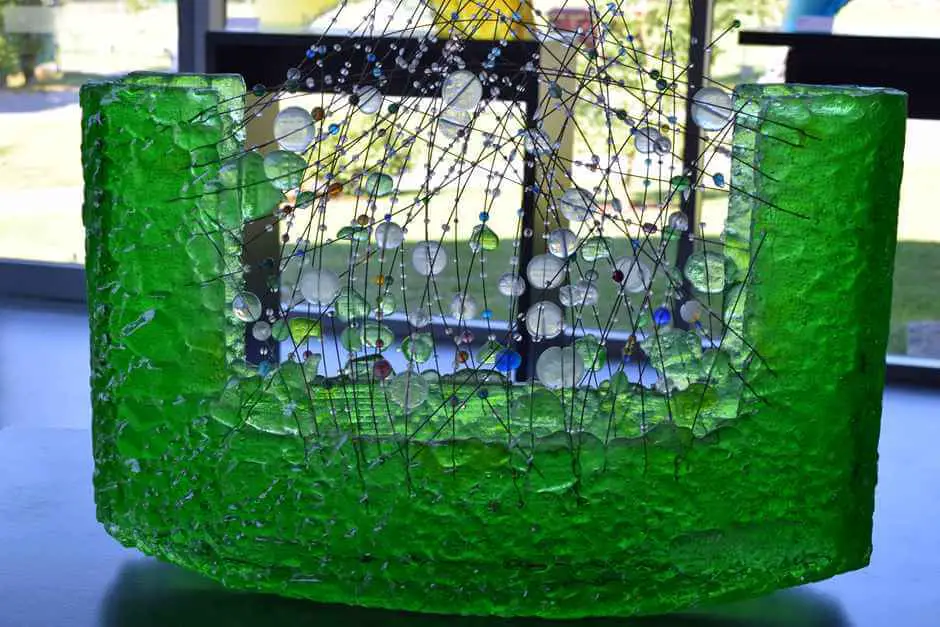
Tour of the Frauenau Glass Museum
Our tour begins in the museum with an insight into history. It quickly becomes clear that glass is more than glass. It's art and culture. We learn how the Egyptians brought glassblowers from Mesopotamia. We follow in the footsteps of the glassmakers over the time of the Romans to the glass art of today. It is exciting to see how the products change. From drinking glasses to lead crystal to glass decor, we can find everything in the museum's showcases. Did you know that Shape of a glass is even important when tasting wine? In the reconstruction of a glass factory I discover molds for glass. Grinding tools show the means by which glass is engraved. It is all the more astonishing how filigree the works of art are that result. Church windows as well as glass beads can be found among the exhibits.
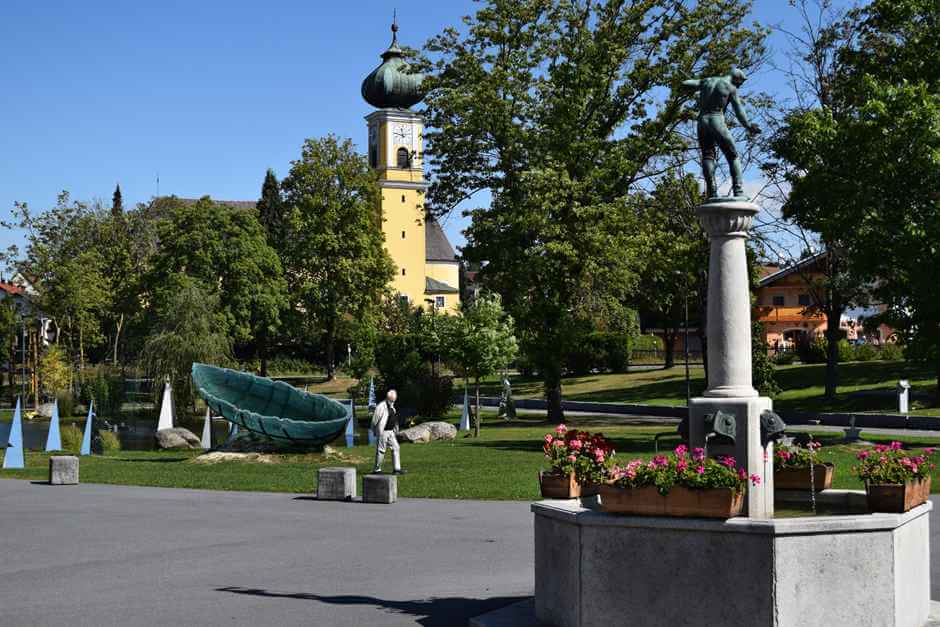
Glass museums in the Bavarian Forest
Frauenau is not the only place on Glasstrasse Bavaria that has a glass museum. You can find more museums that deal with glass and its aspects here:
- The Glass and City Museum in Neustadt ad Waldnaab provides information about the glass history of the city, which has made a name for itself as the European lead crystal center.
- The largest collection of Bohemian glass can be seen in Passau.
- Plößberg is waiting with a replica of a glass furnace construction hut.
- In the Landestormuseum in Furth im Wald you can admire reverse glass pictures and hollow glass.
- In Viechtach you can watch live how the art object Venus machine by the glass artist Reinhard Schmid is created.
- Rain invites you into the largest private collection of snuff glasses.
- In the Berghof Gibacht in Waldmünchen you can marvel at glass art.
- The Herrmann Glass Gallery in Drachselsried shows works of art by more than 150 glass artists from 30 countries.
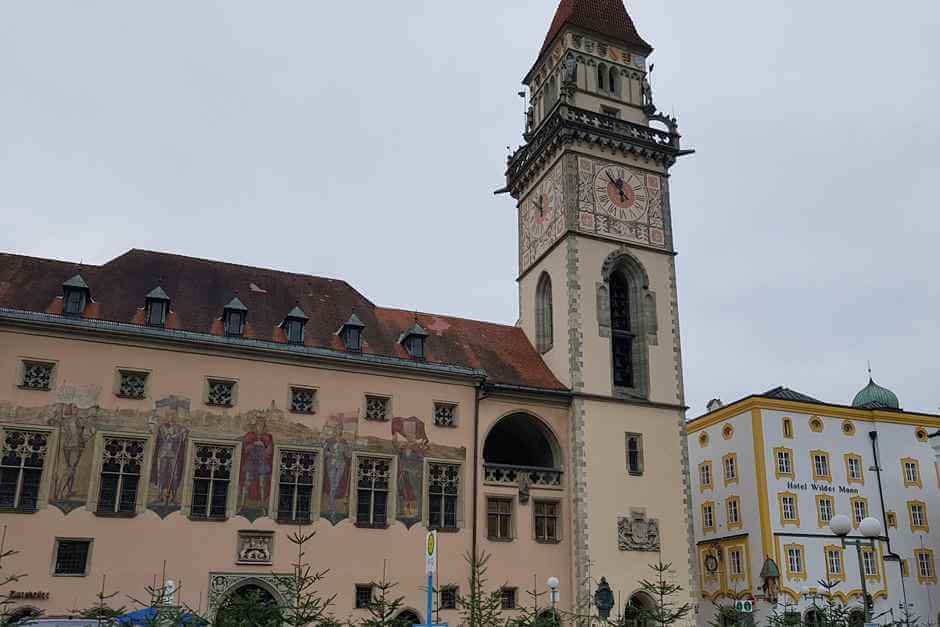
Do you want to try out how to work glass yourself?
On your tour along the Bavarian Glass Road, did you feel like taking a look at traditional craftsmanship yourself? That is possible in the summer academy of the Bildwerk Frauenau. There workshops and events are offered in which visitors can actively participate.
You can blow your own glass ball at Broken Glass Köck in Riedlhütte. There is also a gastronomic experience, glass demonstrations and a forest glass garden to visit.
If you want to get into the art of glass processing even further, then the Zwiesel Glass College might be interesting for you. They have been training young people there to become glass specialists for over 100 years. Glass blowing, glass making, glass finishing, glass painting and creative product design are available as specialist areas.
Glasstraße Bayern offers experiences all about glass
You can see how varied and diverse the raw material glass is on a tour along Glasstraße Bavaria experience. Glassworks, glass artists, glass museums and more will show you what can be made from this material. You will be amazed what comes out of it. Embark on a journey through the world of glass and make a note of the tour for future trips.
By the way: you can do a tour along Glasstraße with a stay in one Wellness hotel in the Bavarian Forest . connect
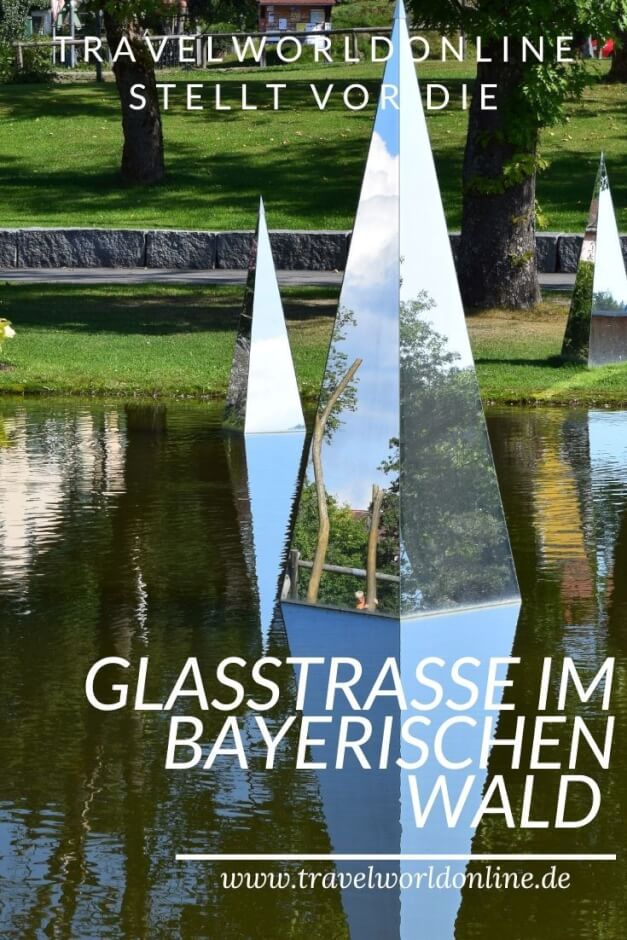
Do you already know?
Source: own research on site
Text: © Copyright Monika Fuchs, TravelWorldOnline
Photos: © Copyright Monika Fuchs, TravelWorldOnline
